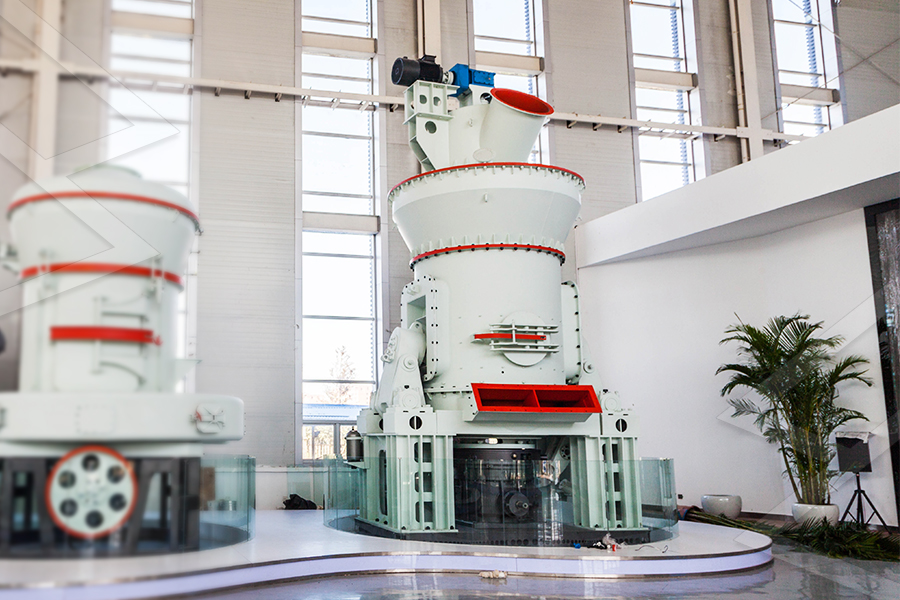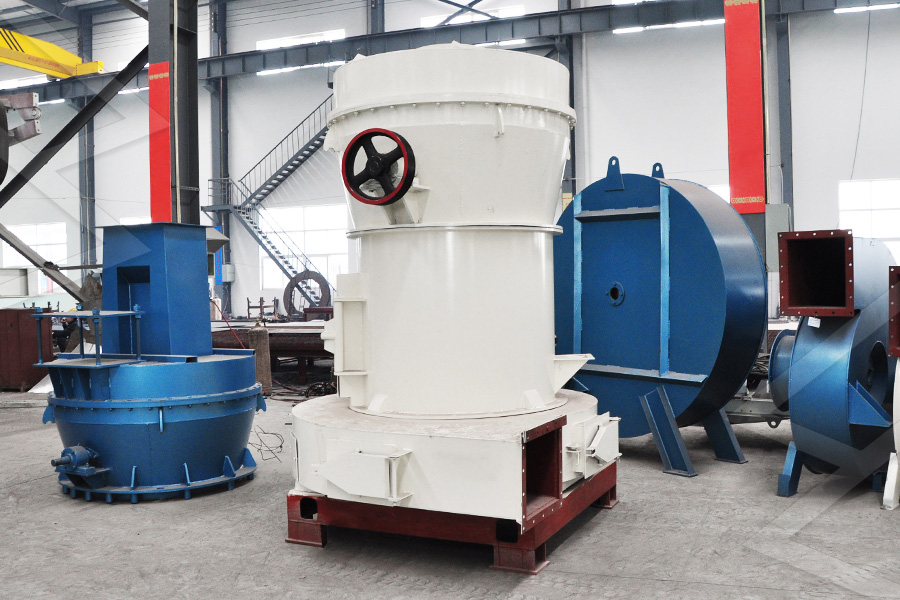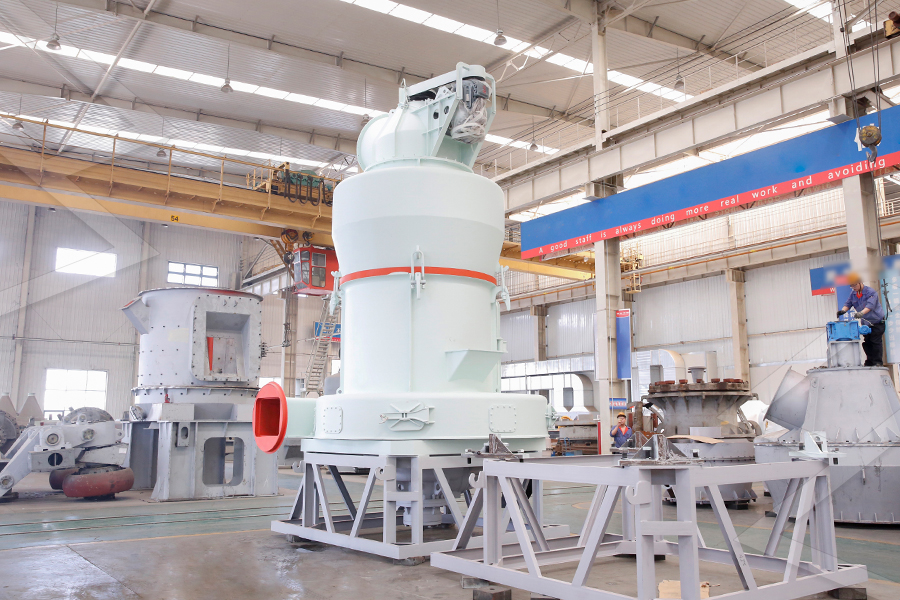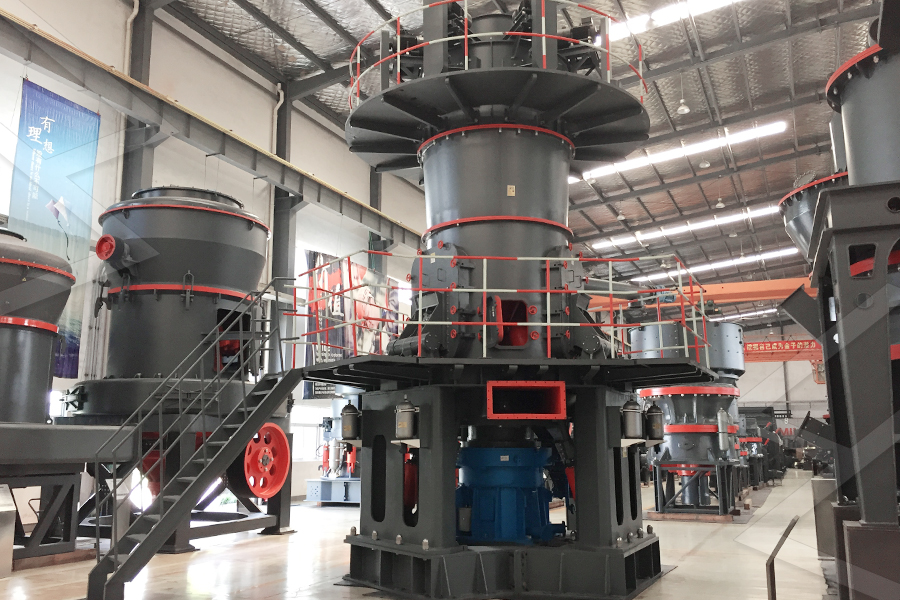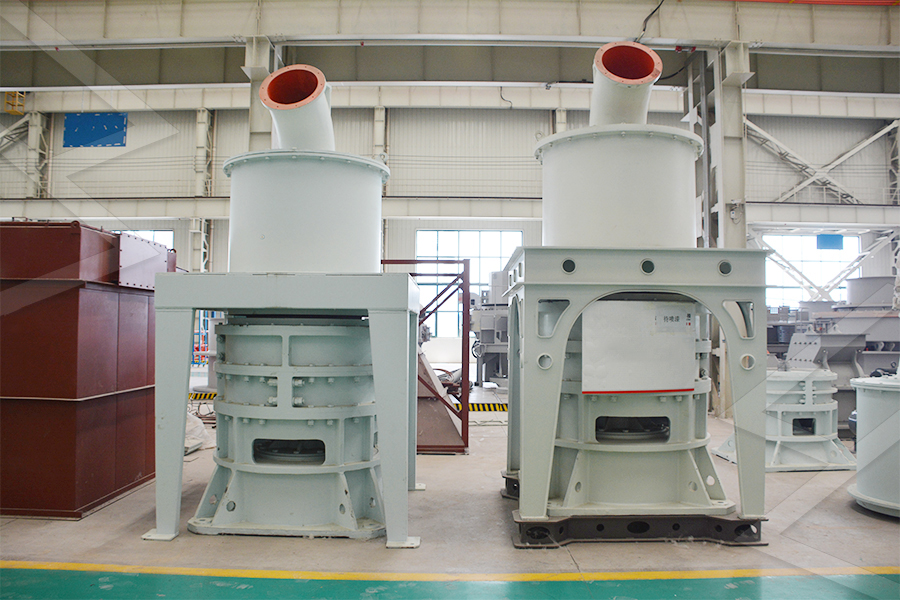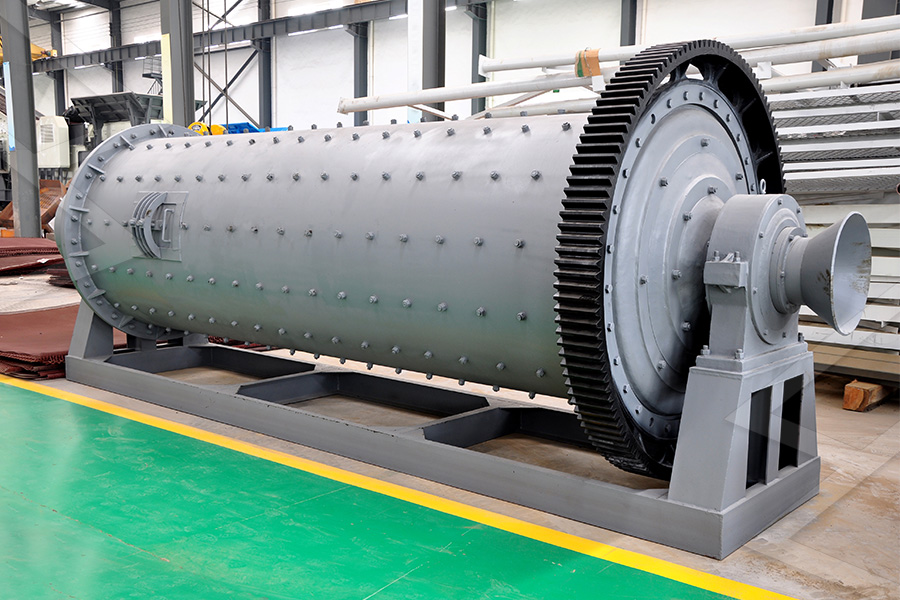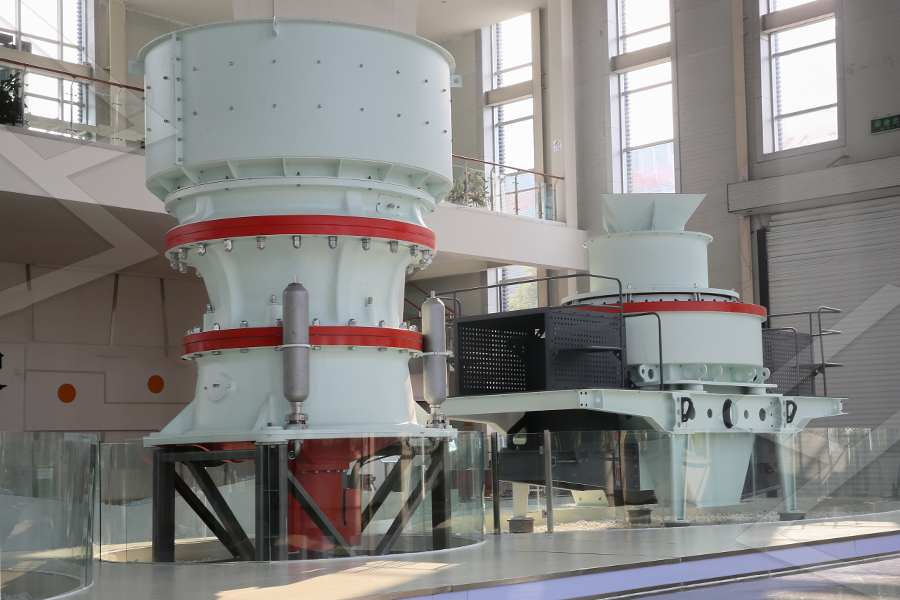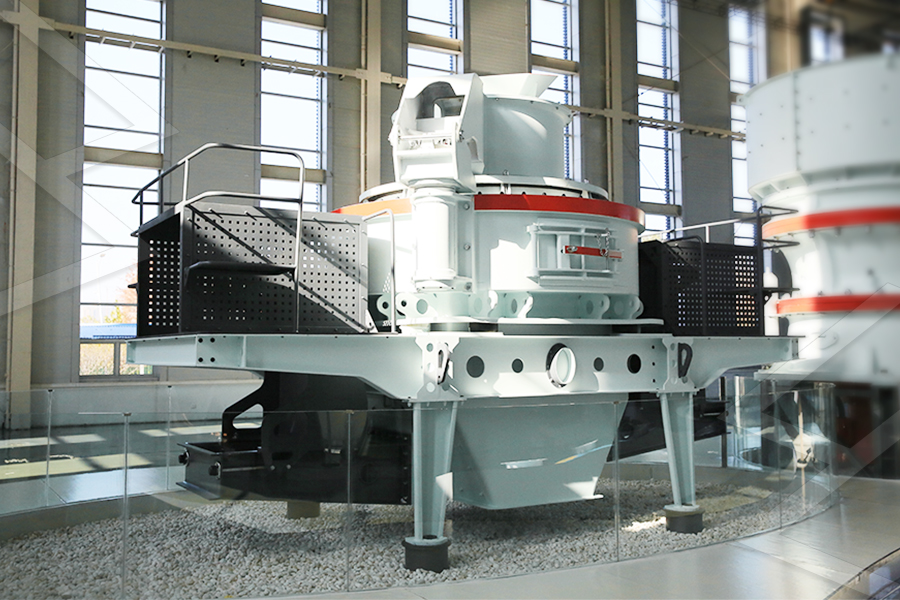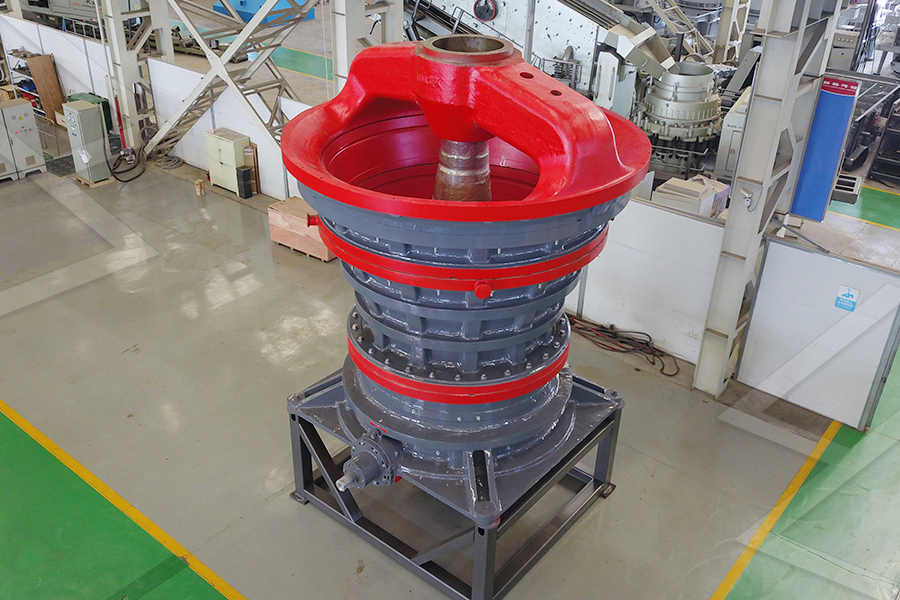The crushed marble (10-30mm) is fed into the mill via a belt feeder at 12 TPH. Ground particles are carried by air (ambient air, no heating needed) to an air classifier, where an impeller (speed 1500 rpm) separates 100-mesh particles. The classified powder is collected by a pulse bag filter (100 bags, polyester felt) with a dust collection efficiency of 99.93%. Oversize particles return to the mill for regrinding.
Post-Processing and Quality Control
The collected 100-mesh powder undergoes two final steps: (1) Sieving: A vibrating sieve (100 mesh) removes any remaining oversize particles (≤1% of output); (2) Packaging: The powder is packaged in 50 kg paper bags or bulk bags (1 ton) for delivery to the construction manufacturer.
QC tests are conducted daily: (1) Particle size (sieve analysis) to confirm ≥98% pass 100 mesh; (2) CaCO₃ content (titration method) to ensure 95-97%; (3) Moisture content (halogen meter) to <1%; (4) Color consistency (spectrophotometer) to maintain uniform concrete appearance. The construction manufacturer tests the powder in concrete: adding 10% marble powder reduces cement usage by 10% (saving costs) and improves workability (slump value increases by 20mm), making it easier to pour and finish.
Environmental and Economic Benefits
Environmental benefits include: (1) Waste reduction: Processing marble waste reduces landfill usage and associated methane emissions (a potent greenhouse gas); (2) Energy efficiency: The project uses a heat recovery system to capture waste heat from the dryer (100°C) and reuse it for preheating, reducing natural gas consumption by 25%; (3) Emissions control: The pulse bag filter limits dust emissions to <8 mg/m³, complying with the EU’s Industrial Emissions Directive (IED).
Economic benefits include: (1) Low raw material costs: Marble waste is sourced for free (quarries pay to dispose of it), reducing raw material costs by 80% compared to natural limestone; (2) Revenue from waste management: The project charges quarries a small fee (€5 per ton) to accept waste, creating an additional revenue stream; (3) Local jobs: The project employs 18 staff (sorting, crushing, grinding, QC), supporting the regional economy.
